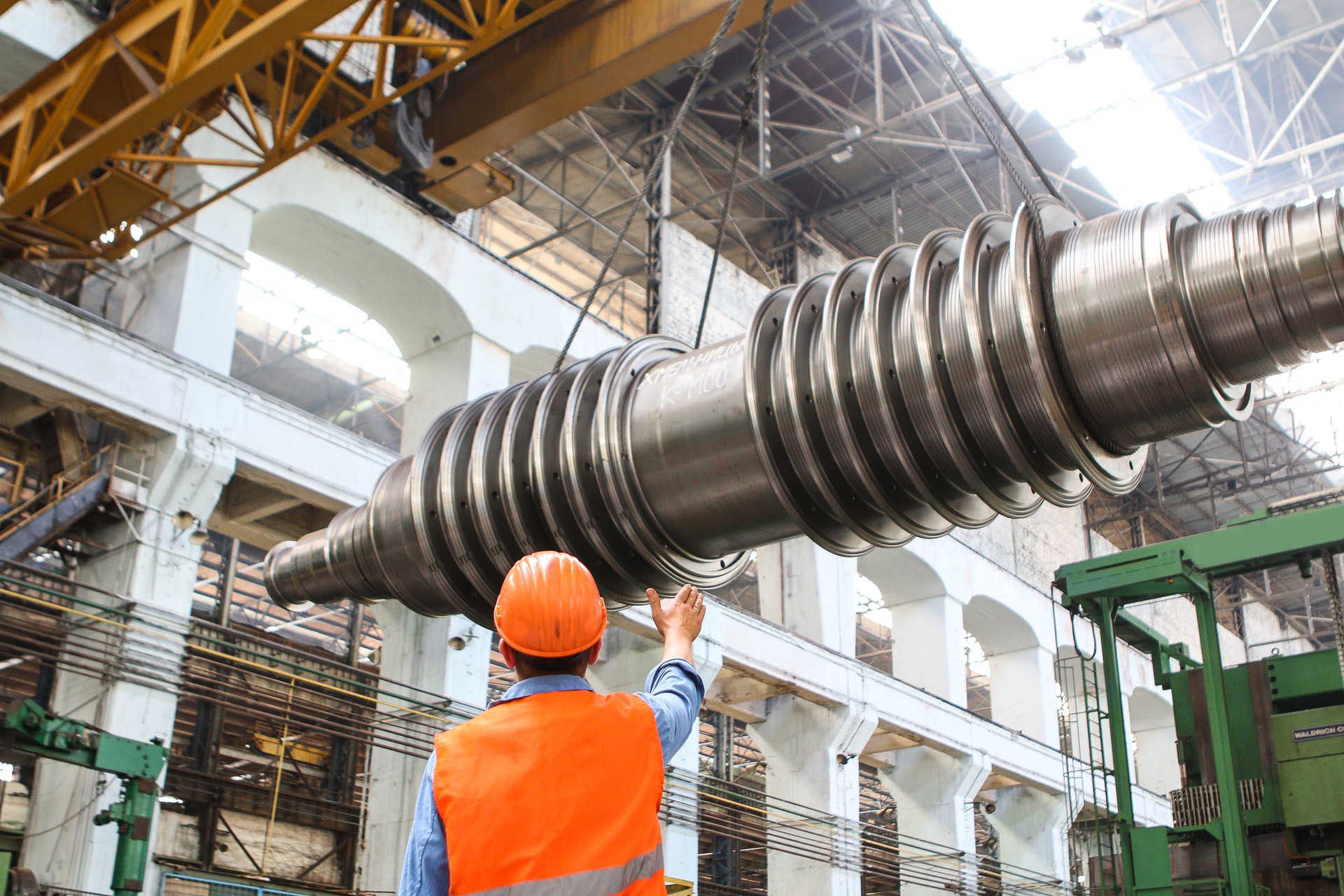There used to be a popular saying years ago when referring to equipment maintenance that said, “if it isn’t broken, don’t fix it.” The idea behind this expression was that apart from lubrication at intervals, the only time to bother with a machine is after it has already failed.
But, as machines and buildings continued to evolve and became increasingly more complex, traditional and reactive maintenance methods were no longer adequate. The skills required to manage the technologically advanced built environment of the 21st century – and beyond – also changed.
Maintenance Management Today
In modern buildings scattered all over the world today, maintenance managers are under constant pressure to keep physical structures and equipment in optimum condition. Added to that, they have the additional responsibilities of ensuring safety on their premises, coordinating workflow, complying with government regulations, and controlling costs.
Certainly, maintenance management can seem overwhelming but it does not have to be if the right resources are deployed. World-class companies are now employing more proactive strategies and techniques to achieve their maintenance goals. For example, because of its ability to process vast amounts of data and streamline all maintenance processes, more than ever before organizations in every industry are now adopting computerized maintenance management software (CMMS) to manage their operations, track performance, and identify opportunities for organization-wide improvements.
How Does A CMMS Support Maintenance?
You can’t manage what you don’t fully understand. For any maintenance management drive to be successful, it starts with having adequate insights into the current “health” of all the structures and assets in question. Based on that information, you can proceed to start organizing and planning the resources you’ll need for the identified improvements. By design, a CMMS is a powerhouse of information and it is created to help you execute your maintenance tasks effortlessly.
Let’s briefly look at a few ways that CMMS supports maintenance:
Preventive and Planned Maintenance (PM)
Gone are the days when maintenance managers would have to spend months manually plotting and planning the maintenance programs for their properties using charts and spreadsheets. After the required information is inputted, the Preventive Maintenance (PM) module in a modern CMMS allows you to schedule all planned and preventive maintenance activities with a few clicks. Of course, when servicing and repairs are planned well in advance, the chances of unexpected breakdowns and the associated inconveniences are reduced.
Work Order Management (WO)
Create and monitor work orders and track every stage of work progress from start to finish.
Asset and Equipment Management
Be empowered with all the information you need to take preventive actions and preempt equipment failure rather than fixing problems as they occur.
Safety Management
CMMS can be used in several areas to keep the workplace safe e.g. it allows you to attach safety instructions for every task whether in form of ‘how-to’ videos, text, and pictures to ensure that field technicians and operators are safely guided while performing their tasks.
Cost Control
Generate reports to help you track maintenance-related expenses, manage inventory, and optimize spare parts stock levels.
Mobile-Enabled Maintenance
Assign work, view, update, and send maintenance-related information to other members of the team on-the-go from anywhere in the facility or from remote locations.
Human Resources Management (HRM)
Simplify all the issues surrounding your onboarding processes such as assigning work tools and inventory with an HRM module. Also track employee information such as training, performance reviews, insurance, and more.
Free Demo
Whatever industry you operate in, Axxerion CMMS is designed with all the features and more to help you streamline all your business processes and increase overall productivity.
Free DemoFree Demo






